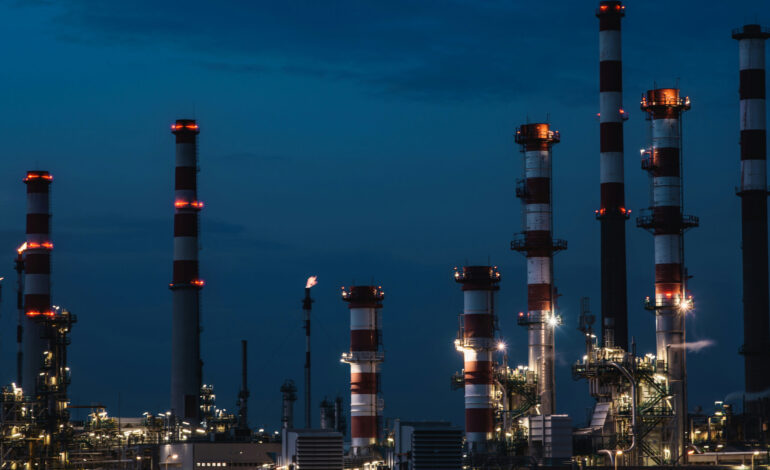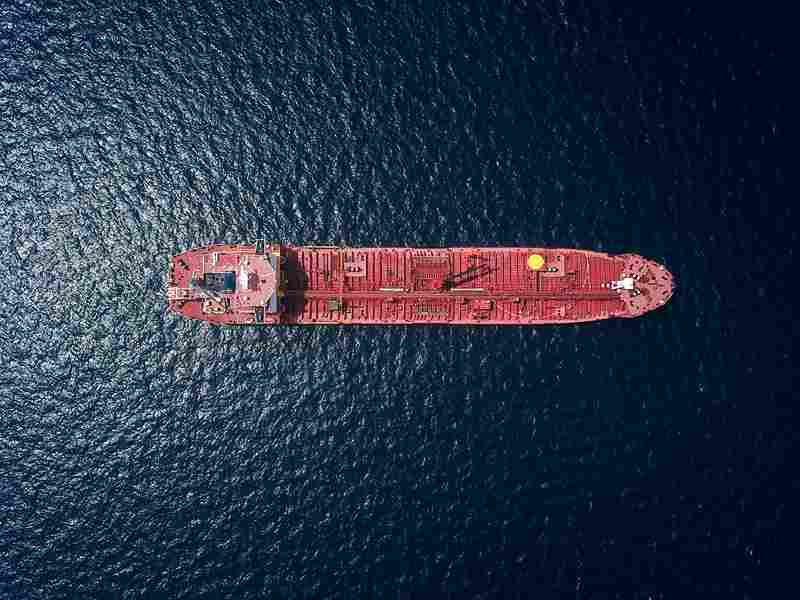
Technological Innovations in Bunker Fuel Production and Distribution
Introduction: The global bunker fuel industry is witnessing a remarkable transformation driven by technological innovation. From enhanced refining processes to advanced distribution systems, technological advancements are revolutionizing the production and distribution of bunker fuels. This article explores the latest innovations shaping the landscape of bunker fuel supply, focusing on advancements that enhance efficiency, sustainability, and reliability.
- Advanced Refining Techniques: Modern refining techniques are playing a pivotal role in improving the quality and sustainability of bunker fuels. Innovations such as hydrocracking and catalytic cracking allow refiners to produce cleaner fuels with lower sulfur content and reduced impurities. These advancements not only enhance fuel efficiency and engine performance but also align with increasingly stringent environmental regulations. By optimizing refining processes, refiners can meet the demand for low-sulfur bunker fuels while minimizing environmental impact.
- Digitalization and Automation: The integration of digitalization and automation is revolutionizing bunker fuel production and distribution. Advanced analytics, artificial intelligence, and IoT sensors enable real-time monitoring and optimization of operations across the bunker fuel supply chain. Smart technologies streamline logistics, improve inventory management, and enhance safety and security protocols at bunkering terminals and storage facilities. Moreover, blockchain technology ensures transparency and traceability in fuel transactions, enhancing compliance and reducing the risk of fraud.
- LNG Bunkering Infrastructure: Liquefied natural gas (LNG) is emerging as a cleaner and more sustainable alternative to traditional bunker fuels. Technological advancements in LNG bunkering infrastructure enable safe and efficient transfer of LNG fuel to ships. LNG bunkering terminals, equipped with cryogenic storage tanks and specialized bunkering vessels, are being developed at key ports worldwide. With lower emissions and competitive pricing, LNG bunkering infrastructure represents a significant step towards decarbonizing the maritime industry.
- Fuel Quality Monitoring and Assurance: Ensuring the quality and consistency of bunker fuels is paramount for the smooth operation of marine vessels. Advanced fuel quality monitoring and assurance technologies enable comprehensive testing and analysis of bunker fuel samples. From on-site analyzers to laboratory-grade testing equipment, these technologies provide insights into fuel composition, stability, and compliance with regulatory standards. By implementing robust quality control measures, stakeholders can mitigate risks associated with fuel contamination and ensure optimal engine performance.
Conclusion: Technological innovations are driving a paradigm shift in the bunker fuel industry, unlocking new possibilities for efficiency, sustainability, and reliability. From advanced refining techniques to digitalization, LNG bunkering infrastructure, and fuel quality monitoring, these innovations offer tangible benefits for stakeholders across the bunker fuel supply chain. By embracing these advancements, the industry can navigate the challenges of an evolving energy landscape and chart a course towards a more sustainable future for maritime transportation.





